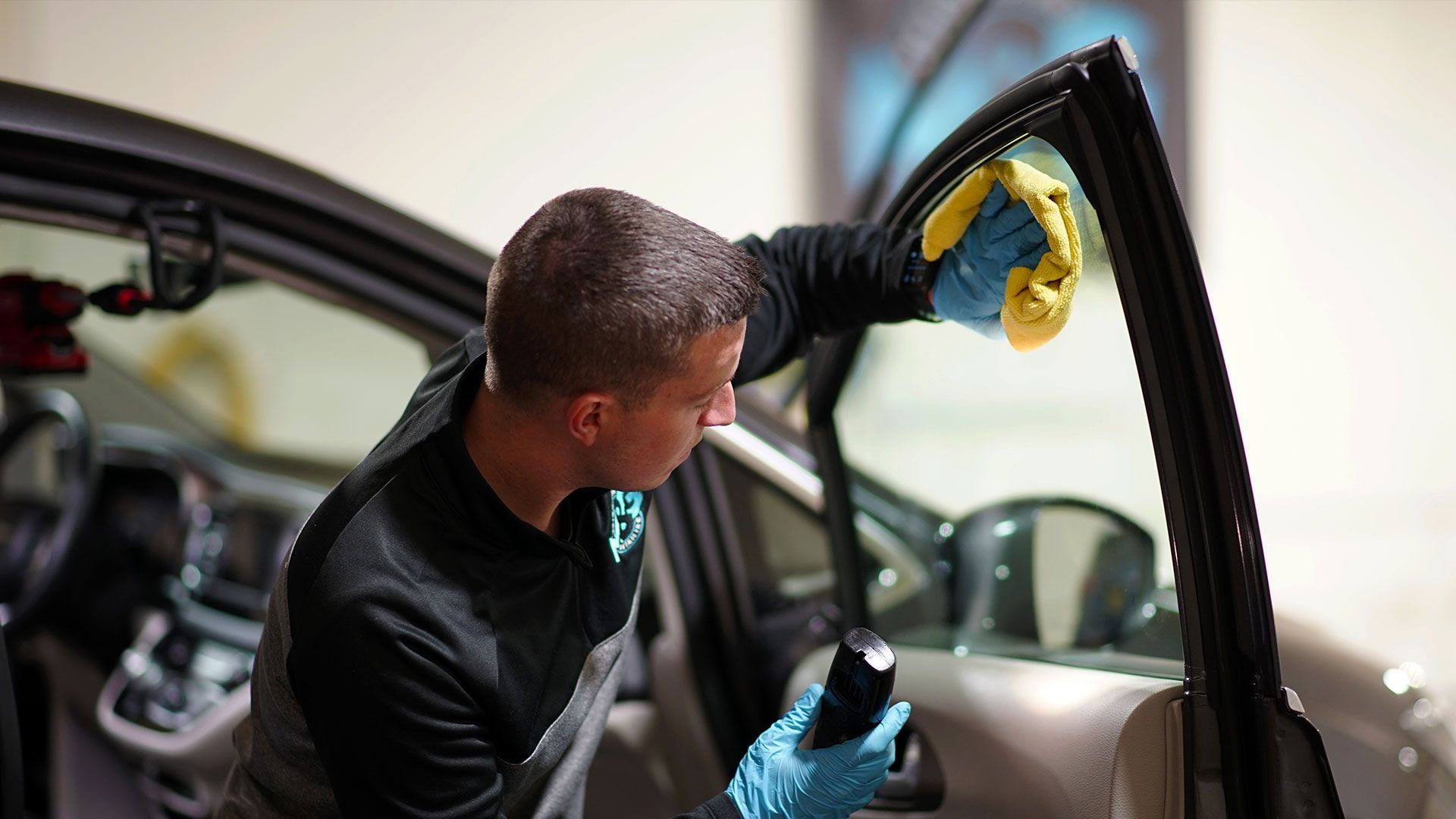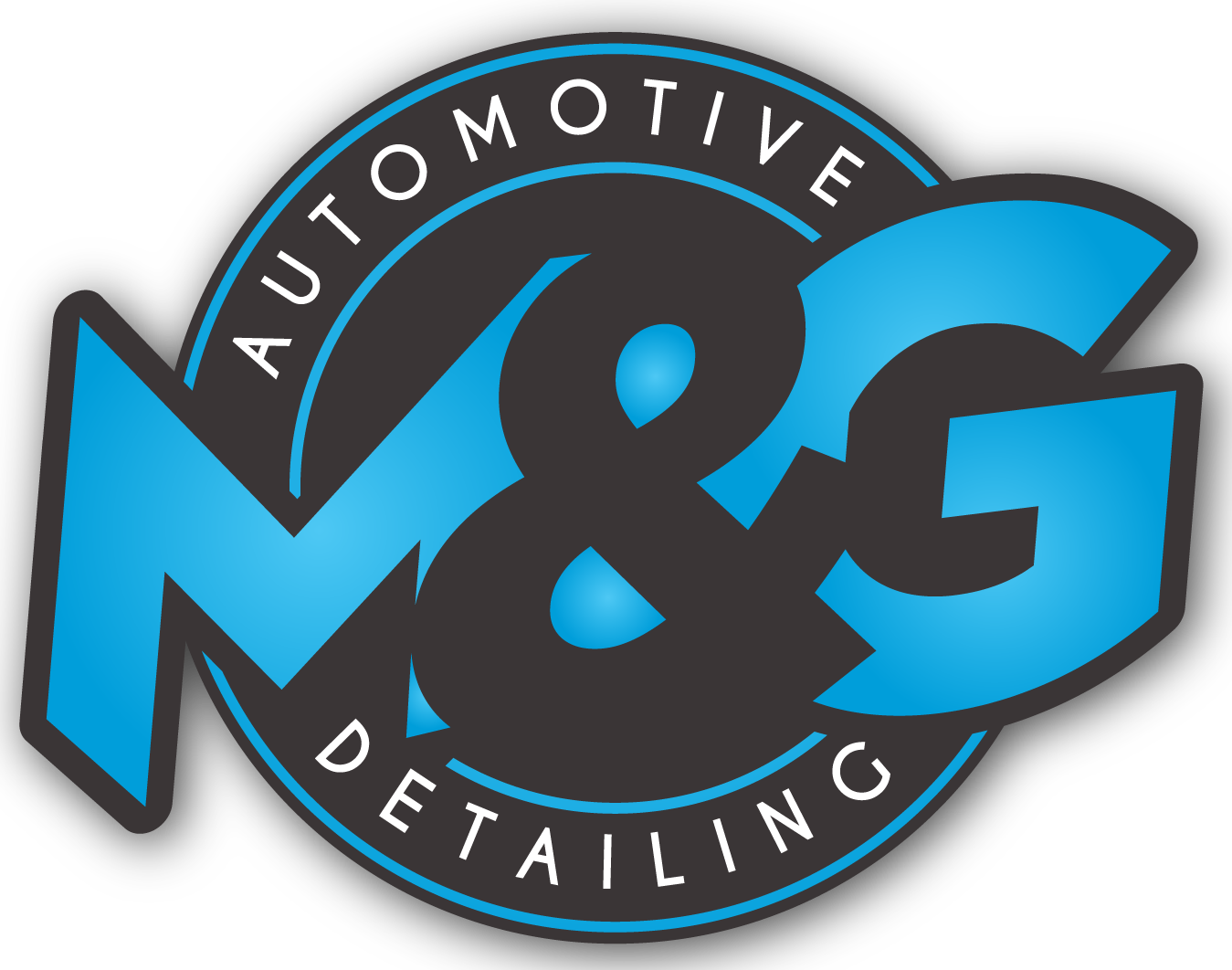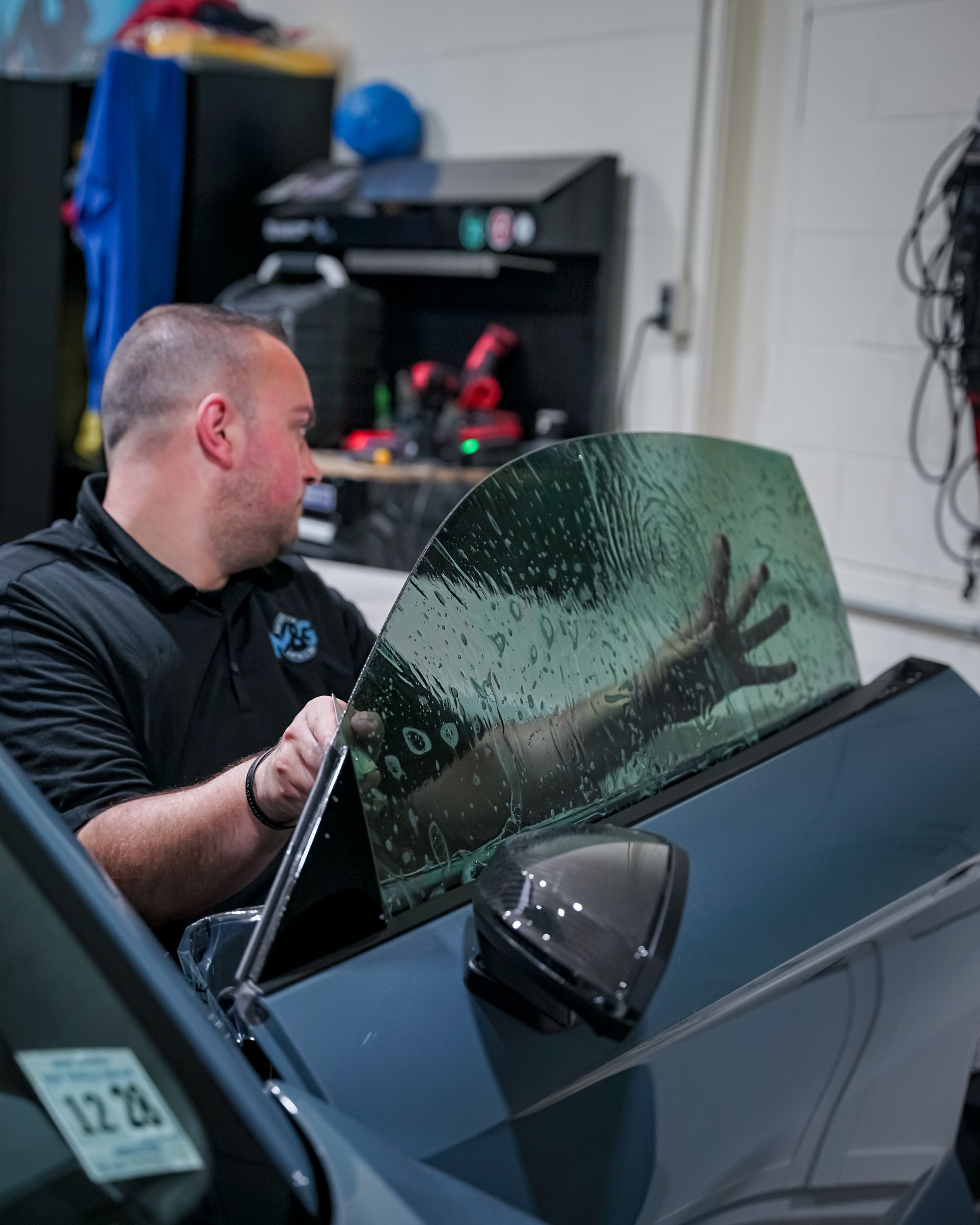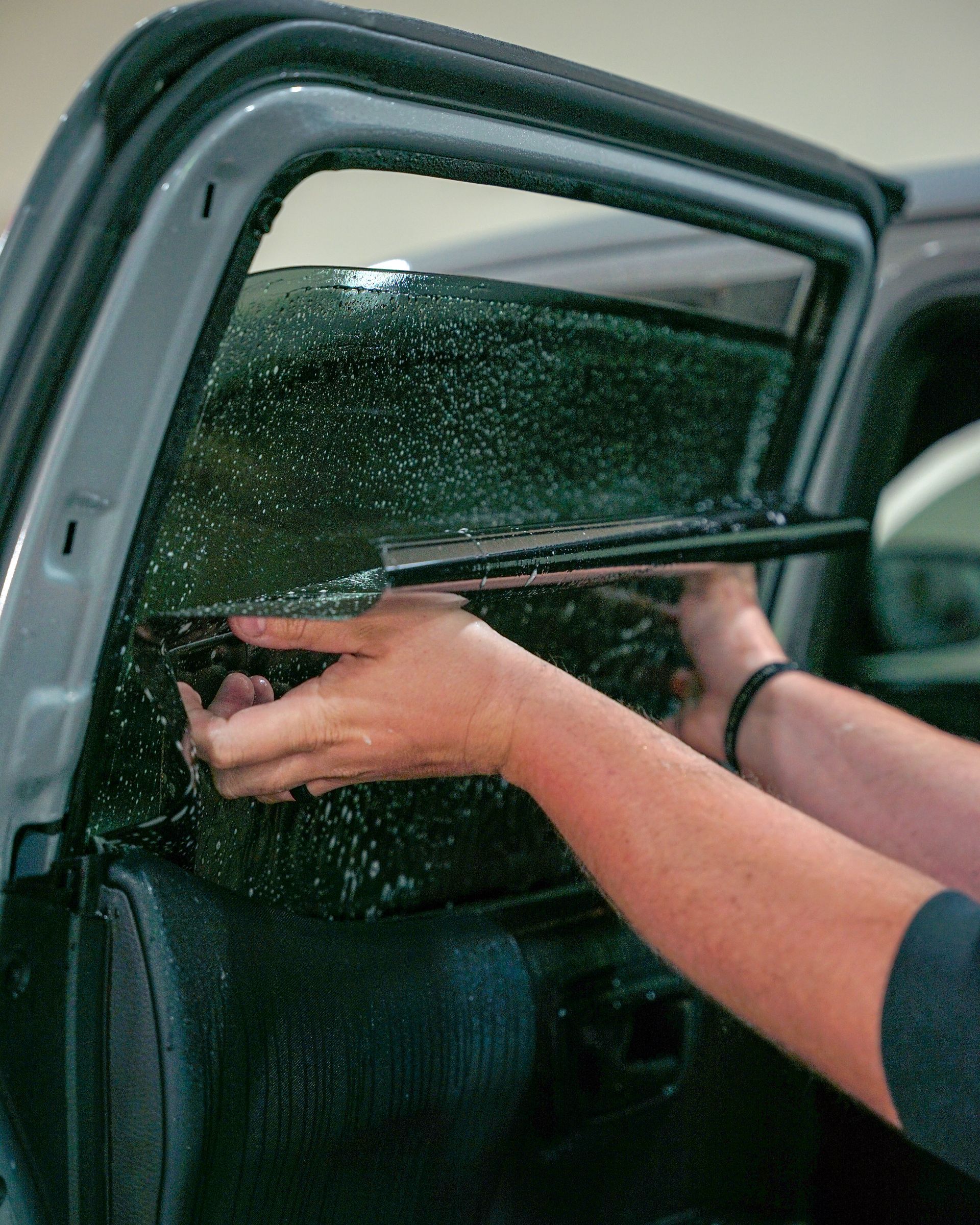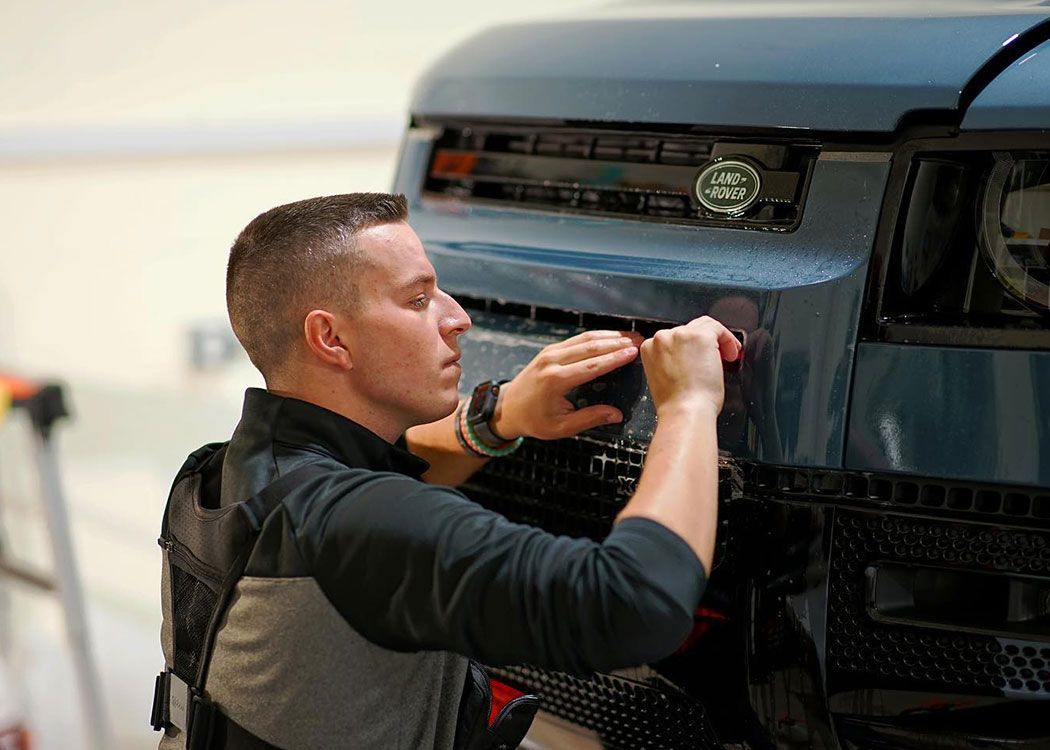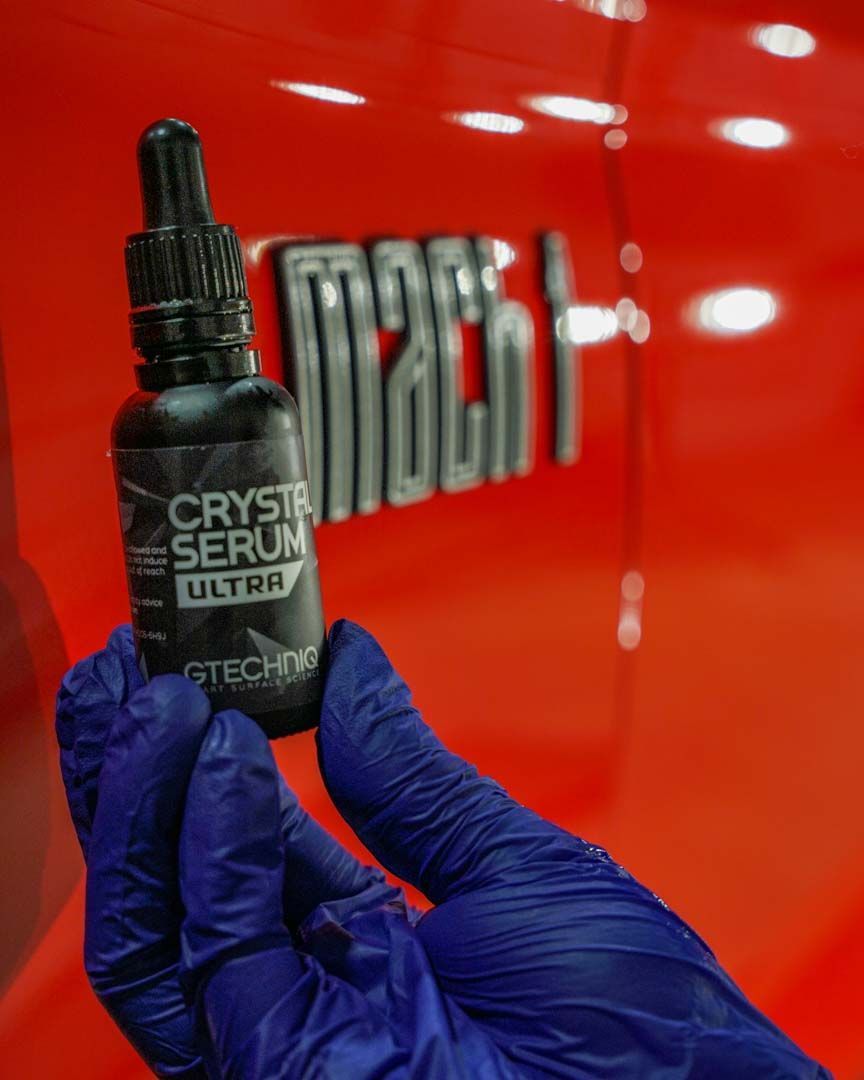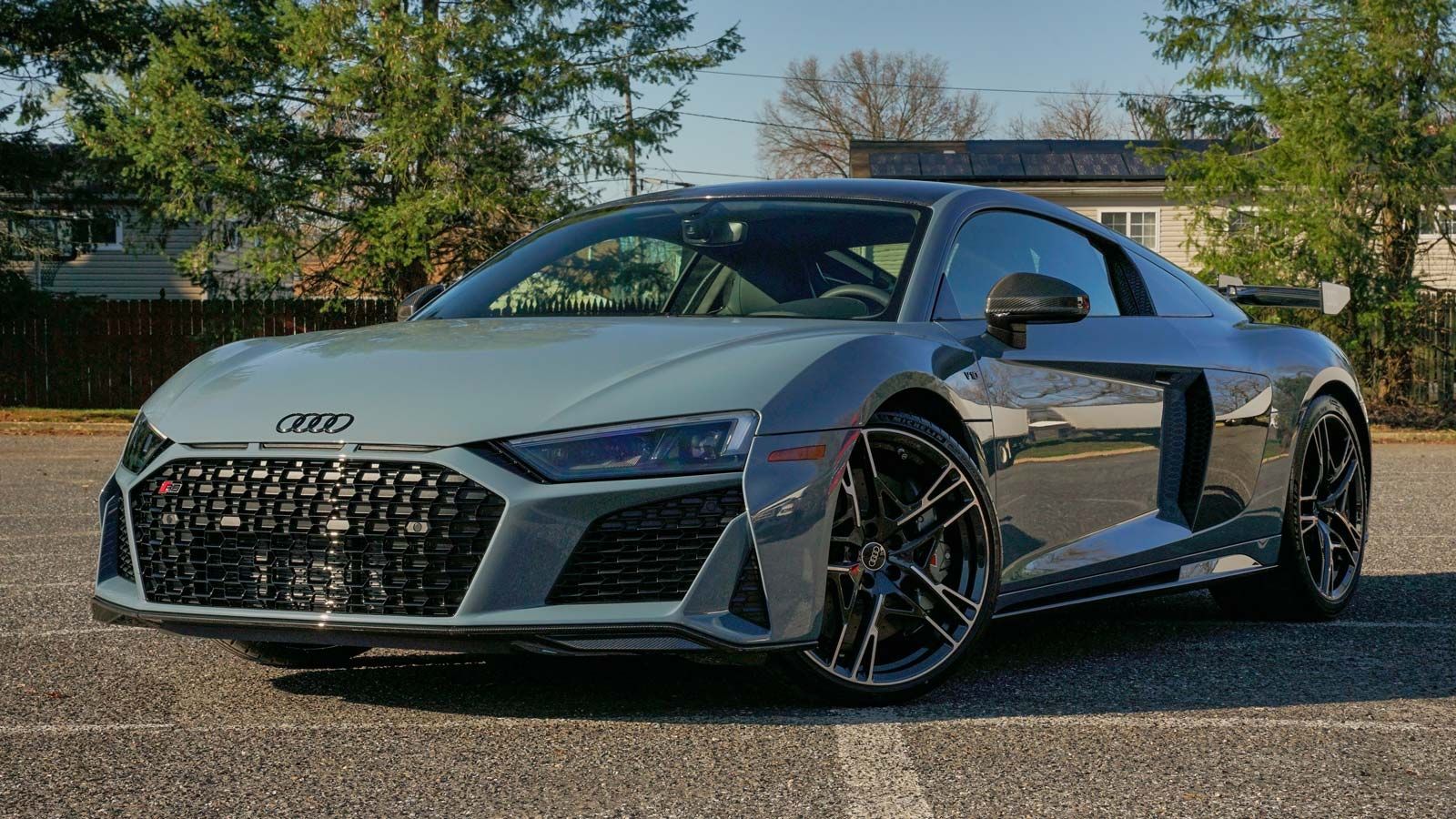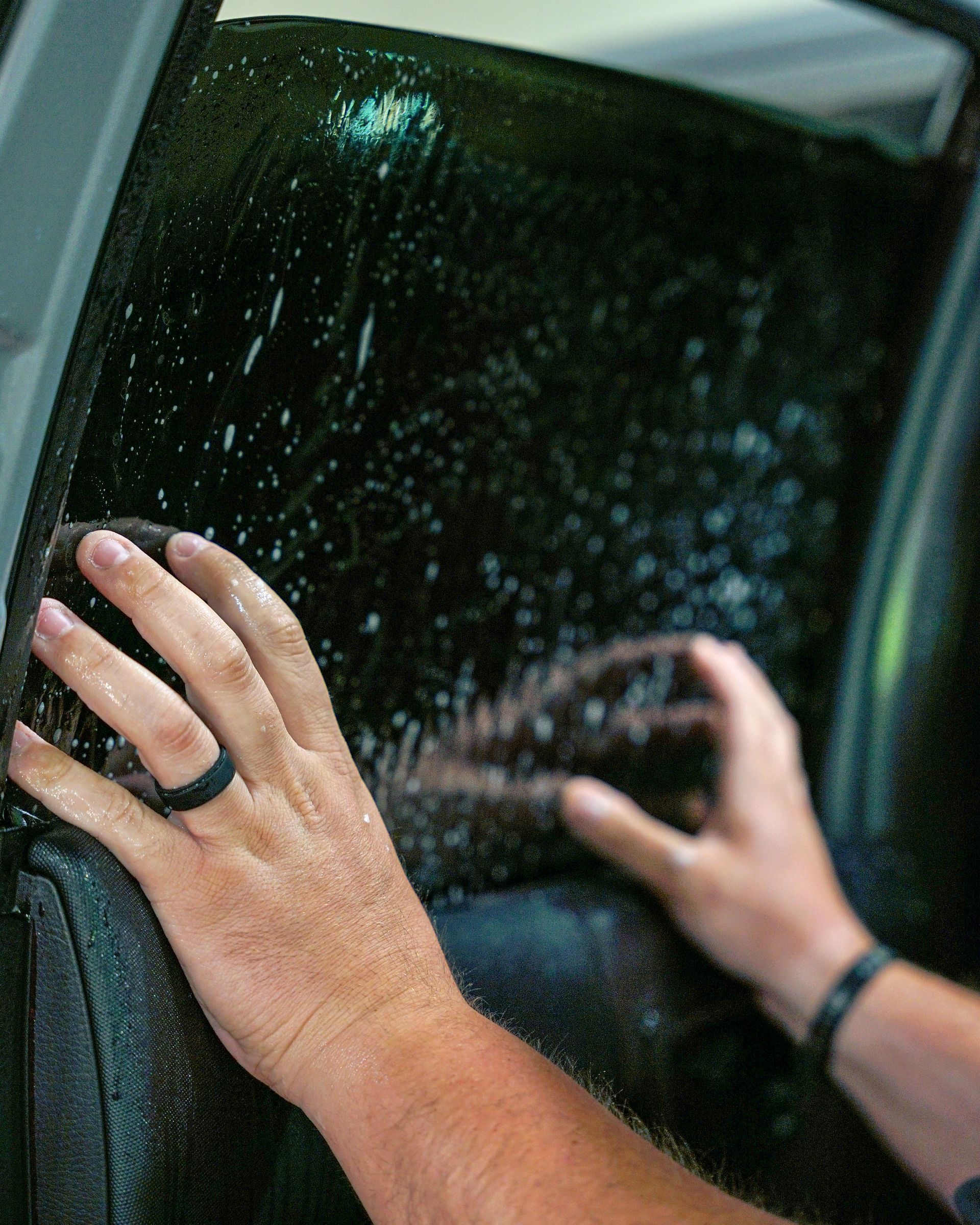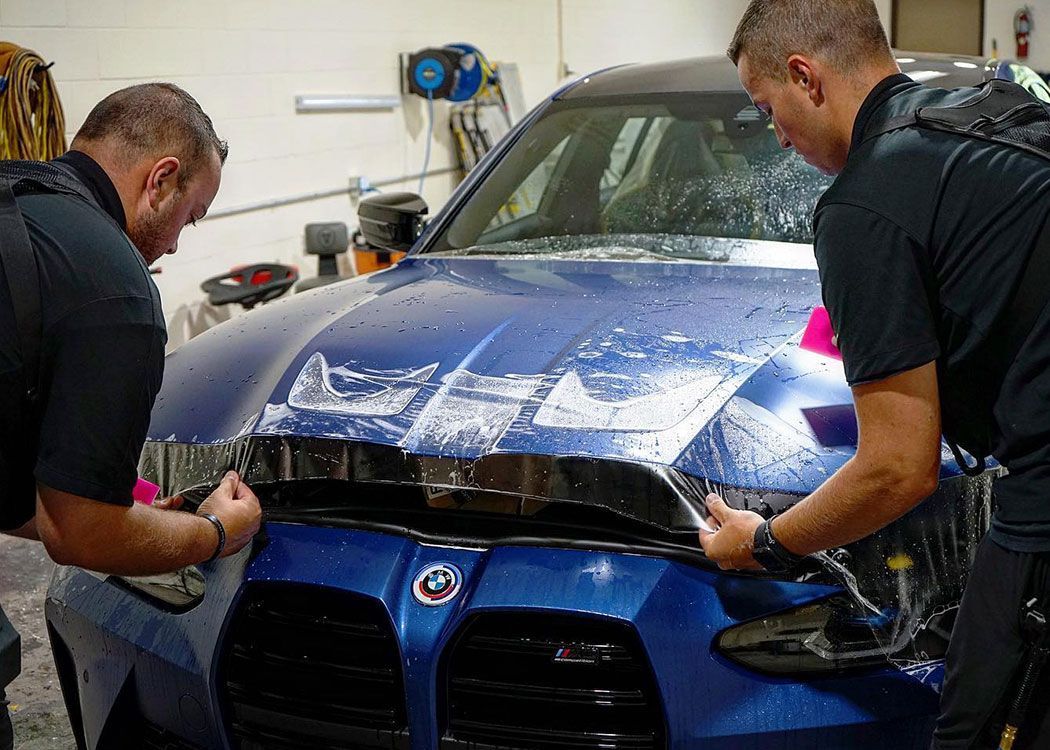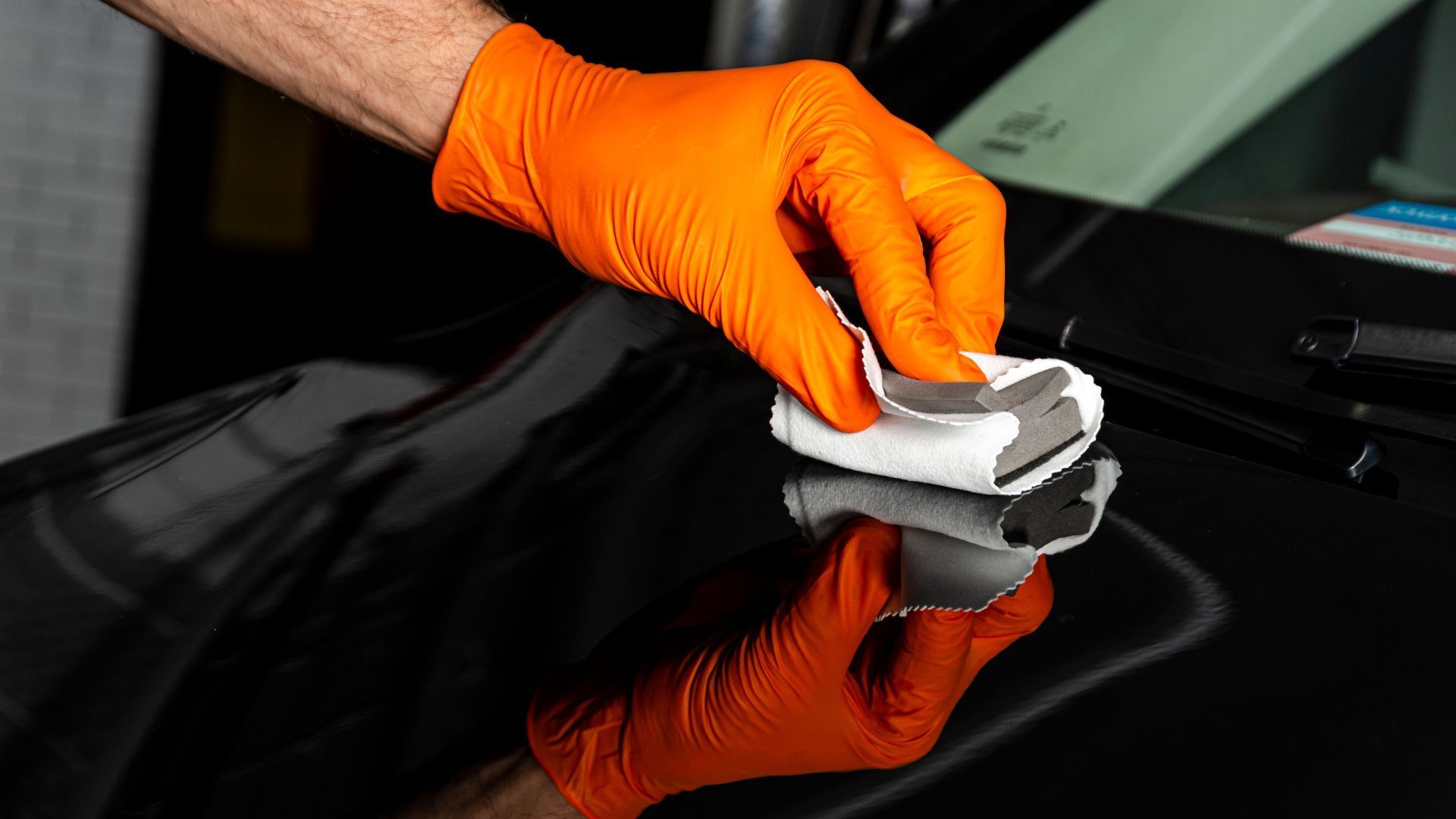The Advantages of Professional Window Tinting: A Cost-Effective Investment
Ever wondered if professional window tinting is worth it? Imagine cutting down your energy bills while extending the life of your car’s interior—sounds appealing, right? With professional window tinting blocking up to 99% of harmful UV rays and reducing interior heat, it's an investment that starts paying back immediately through increased comfort and preserved interiors. But it doesn’t just end with comfort. Tinted windows offer a layer of privacy that keeps prying eyes away and deters potential thieves, providing you peace of mind whether parked on a busy street or your driveway.
Professional window tinting is a worthwhile investment due to its ability to enhance privacy, protect against harmful UV rays, reduce interior heat, and improve the overall aesthetics and resale value of the vehicle. Additionally, professional installation ensures precise application and compliance with local tinting laws, providing peace of mind for car owners.
Benefits of Window Tinting
- Protection from UV Rays: Professional window tinting goes beyond simple shade—it acts as a shield against the harmful effects of UV rays. It's like sunscreen for your car! Tinting can keep out 99% of harmful UV rays, safeguarding your skin from potential damage and lowering the risk of skin cancer. You know how people always say that UV rays can cause skin aging? Well, having your windows tinted helps with that too—it helps maintain a youthful appearance over time. With professionally tinted windows, you're essentially reducing UV ray exposure, providing an extra layer of protection for yourself and your passengers. The long-term impact is quite substantial; by preserving your skin's health and appearance, window tinting becomes an investment in your overall well-being.
- Reducing Interior Fading: Your car's interior—seats, dashboard, and other surfaces—being exposed to relentless sunlight day after day. Over time, this exposure can lead to fading, cracking, and deterioration. However, professional window tinting acts as a shield for your car's insides. It's like wrapping them up in a protective blanket. By blocking the sun’s harmful rays, tinted windows protect your interior from fading and cracking, ensuring it stays in top-notch condition for longer. Imagine: Keeping your car's interior clean and pristine is no small task. The sun can be unforgiving and cause irreversible damage. Yet, with the right window tinting, you’re essentially providing insurance against these damages—a preventive measure that guarantees longevity for your car’s interior.
- Enhancing Comfort: Now think about those sweltering days when you get into your car and it feels like an oven. Professionally tinted windows can reduce the heat inside your car. That's pretty impressive! This reduction in heat doesn't just bring comfort; it actually leads to a more pleasant driving experience by decreasing the need for air conditioning—which ultimately helps conserve fuel too! Picture yourself getting into a well-shaded car on a blisteringly hot day—a dramatic change from those sauna-like temperatures that often greet you otherwise. The difference is striking! It's like walking into an air-conditioned room versus stepping into a greenhouse.
- Glare Reduction:
Glare can be a real hazard while driving—whether it's from the sun itself, headlights from other cars, or reflective surfaces around you. Professional window tinting minimizes glare, enhancing visibility and significantly reducing eye strain. This improvement in visibility adds up to safer driving conditions for everyone on the road. The benefits of professional window tinting go beyond mere appearances; they touch upon fundamental aspects of safety, preservation, and comfort. Clearly, opting for professional window tinting is a decision that offers numerous practical benefits for any vehicle owner.
Enhancing Privacy and Security
When you're driving, you want to feel like your car is a private space, just like your home. This sense of privacy is especially important if you often carry valuables with you or prefer to keep your activities discreet. Professional window tinting provides a way to shield your car's interior from prying eyes, giving you control over who can see inside your vehicle. This level of control is particularly beneficial for individuals with busy lifestyles who need to ensure their privacy in public spaces.
In addition to the privacy aspect, window tinting also serves as a deterrent against theft. The tinting film applied by professionals adds an extra layer of protection to your windows. In the unfortunate event of a break-in attempt, the tinted film helps hold the glass together, making it more difficult for thieves to penetrate and access your vehicle. This added barrier provides a crucial extra measure of security, offering car owners significant peace of mind knowing that their possessions are safeguarded even when they're not around.
Have you ever parked your car in a public place and worried about leaving your belongings behind? With tinted windows, you can minimize this concern. The added concealment provided by window tinting reduces the risk of "smash-and-grab" thefts by keeping your valuables out of sight. Criminals are less likely to target vehicles where they can't easily see what's inside. As a result, you can go about your day with greater confidence, knowing that your personal items are shielded from view and less susceptible to opportunistic theft attempts.
By enhancing privacy and security through professional window tinting, car owners gain the ability to control visibility into their vehicles while also adding an effective layer of protection against theft and unauthorized access. This not only contributes to one's peace of mind but also ensures that personal items remain secure even in high-risk environments.
Quality of Professional Installation
When deciding to tint your car windows, a top priority is ensuring the job is done right. This is why seeking professional installation is essential. Professionals bring expertise, skill, and a focus on precision that can significantly impact the end result, ensuring a flawless application each time. Professional installers are akin to fine artists—they possess the know-how to work with tint film, creating seamless finishes without any imperfections. Their experience allows them to navigate around the curves and edges of your car's windows with ease, ensuring a consistent and high-quality application. This not only leads to a cleaner look for your vehicle but also provides functional benefits like improved UV protection and heat rejection.
Additionally, it's not just about their skills; it's also about the materials they use. Professional-grade films are designed to be more durable and long-lasting than those found in DIY kits. These top-grade materials offer superior UV protection, better heat rejection, and an overall more attractive appearance for your vehicle. Just as using high-quality ingredients can take a recipe from good to great, using top-grade materials takes your window tint from ordinary to exceptional. Moreover, professional installation ensures that the film is correctly cut and applied without leaving any bubbles or imperfections that could compromise its effectiveness or aesthetics. Unlike amateur installations that may lead to uneven or misaligned film prone to peeling, professional-grade applications provide a consistently high standard of work.
In addition, most reputable installers offer warranties on their work. This ensures coverage for any issues such as peeling or bubbling, providing peace of mind knowing that you've invested in a long-lasting product backed by quality service. The expertise of professional installers combined with the use of high-quality materials and manufacturer warranties offers assurance that your window tint will not only look great but also deliver long-term performance.
Long-Term Cost-Effectivenes
When considering professional window tinting for your vehicle or home, it's essential to acknowledge the significant long-term benefits that extend beyond the immediate upfront costs. Let's explore some key aspects that highlight the enduring cost-effectiveness of window tinting.
Lower Energy Costs
One notable advantage of window tinting is its capacity to reduce the need for excessive air conditioning use. By preventing heat from entering through the windows, tinting can create a more comfortable indoor environment, promoting energy conservation and subsequently lowering your energy bills over time. This means that even a small improvement in fuel efficiency can result in significant savings in the long run. Consider this: During hot summer months, your air conditioning works overtime to combat the intense heat seeping in through your untreated windows. Window tinting acts as a shield against this heat, resulting in reduced strain on your cooling system. As a result, not only do you consume less energy to keep your space cool, but you also prolong the lifespan of your air conditioning system, reducing maintenance costs and potential repairs.
Prolonged Vehicle Lifespan
Beyond enhancing interior comfort, window tinting also serves as a protective barrier against UV damage and excessive heat, thereby safeguarding your vehicle's interior surfaces from premature wear and degradation. UV rays can cause irreversible damage to your car's interior, leading to fading, cracking, and deteriorating upholstery. By investing in window tinting, you are effectively preserving the aesthetics and integrity of your vehicle's interior, which plays a pivotal role in maintaining its resale value. A well-maintained interior is often a decisive factor for prospective buyers and can significantly impact the resale price when you intend to sell or trade-in your vehicle. The damaging effects of prolonged exposure to UV radiation on your vehicle's interior are substantial.
Reduced Maintenance and Repairs
Moreover, protective window tinting substantially mitigates interior wear and tear caused by excessive exposure to sunlight. With minimized UV infiltration, you'll notice reduced degradation of materials such as sun visors, dashboards, and upholstery. As a result, you'll incur fewer expenses related to repairs and maintenance for these interior components. By shielding your vehicle interiors from direct sunlight, window tinting serves as a proactive measure to prolong the longevity of these surfaces, translating into reduced replacement frequency and maintenance costs. Imagine bypassing frequent replacements of sun visors, dashboards, and upholstery due to premature deterioration caused by relentless sun exposure. Window tinting offers protection against such scenarios, serving as an effective shield that curbs unnecessary expenditure on repairs and replacements while maintaining the pristine condition of your vehicle or home interiors.
Comparison to DIY Tinting
When it comes to window tinting, the allure of a DIY approach can be strong. After all, who doesn't like the idea of saving money and feeling accomplished after a successful project? But before rushing into DIY window tinting, consider some important differences compared to professional installation.
One notable issue with DIY tinting is the risk of imperfections. It's quite common for at-home applications to result in noticeable imperfections such as bubbles or creases. Not only do these imperfections look unsightly, but they can also hinder the film's effectiveness at blocking UV rays and heat. On the other hand, professional installers are equipped with the expertise and tools needed to achieve a flawless application.
Another significant drawback of DIY window tinting is the lack of professional tools. Professional installers use specialized tools and techniques that ensure a perfect application, something that is often not achievable with the basic tools provided in DIY kits. Factors such as proper lighting, precise cutting, and expert-level knowledge of film types and application methods can make all the difference between a flawless tint job and one riddled with issues.
Applying window tint yourself can be time-consuming and frustrating. Even small mistakes can be costly to fix, often leading to the consideration of professional re-tinting later. This can result in spending more time and effort than initially anticipated. Additionally, the quality and durability of professionally applied films far surpass what can typically be achieved through a DIY attempt. Therefore, while DIY tinting might seem appealing at first glance, it's crucial to consider these drawbacks before deciding which route to take for your window tinting needs.
Choosing the Right Tint for Your Car
When it comes to window tinting, it's not a one-size-fits-all situation. There are several important factors to consider when selecting the right tint for your vehicle. Let's dive into these considerations to help you make an informed decision about the type of film that will best suit your car, needs, and preferences.
- Understanding Types of Film: The type of film used for car window tinting significantly impacts its performance and appearance. Four common types of films include dyed, metallic, carbon, and ceramic. It's crucial to understand the specific benefits each offers in terms of appearance, UV protection, heat rejection, and potential drawbacks related to electronic interference.
- Legal Considerations: It's essential to be mindful of state laws governing window tint darkness and which windows can be tinted. These regulations vary significantly from state to state. Professional tinting services are well-versed in local laws and regulations regarding window tinting. When you opt for professional installation, you benefit from their expertise in ensuring compliance with local laws to avoid potential fines or the inconvenience of having non-compliant tints removed.
- Aesthetic Preferences: Your aesthetic preferences play a crucial role in deciding the right tint level for your vehicle. Lighter tints may comply with regulations while offering adequate protection from UV rays and heat, but darker shades offer increased privacy and a sleeker appearance. It's important to consider how different shades and types of tints will look on your vehicle and how they align with your personal style preferences.
Given these considerations, it's clear that selecting the right window tint involves weighing various factors such as performance, legal compliance, and aesthetic appeal to ensure that you make an informed decision that best meets your individual needs and desires. Making an informed choice when it comes to window tinting is crucial to ensuring you enjoy the full range of benefits without any legal complications or aesthetic regrets.
Exceptional Window Tinting Services in Haddonfield, NJ
Transform your driving experience with M&G Automotive Detailing's exceptional window tinting services in Haddonfield, NJ. Our skilled professionals apply high-quality window tints that provide superior UV protection, reduce glare, and enhance privacy, all while giving your vehicle a sleek, modern look. With our precise installation and attention to detail, you can enjoy a cooler, more comfortable ride and a stylish appearance. Book your window tinting service today and experience the difference between expert care and premium materials. Call us at (609) 923-3123 to get started!
